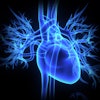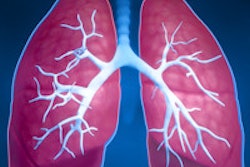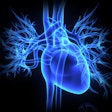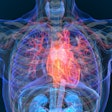Monday, November 30 | 10:40 a.m.-10:50 a.m. | SSC06-02 | Room S402AB
A newly developed computer-aided detection (CAD) scheme can find cases of craniosynostosis -- the premature fusion of skull bones -- that normal prenatal ultrasound can miss, researchers from Brown University report."While many birth defects are diagnosed in utero by ultrasound, many are missed," wrote lead author Dr. Helena Taylor, PhD. "Although craniosynostosis is one of the most common congenital anomalies, head shape is not routinely analyzed. Here we perform rigorous head shape analysis on prenatal ultrasounds, demonstrating that craniosynostosis can be reliably diagnosed prenatally."
The investigators collected ultrasound images from 22 children who had CT-confirmed postnatal diagnosis, along with 22 controls. They trained two machine-learning algorithms with six measurements, revealing accuracy of about 89% and specificity of about 95%.
The CAD technique is a reliable tool for quantitatively assessing prenatal ultrasound images for craniosynostosis, with accuracies far exceeding surgeons' assessments, the group wrote.



















